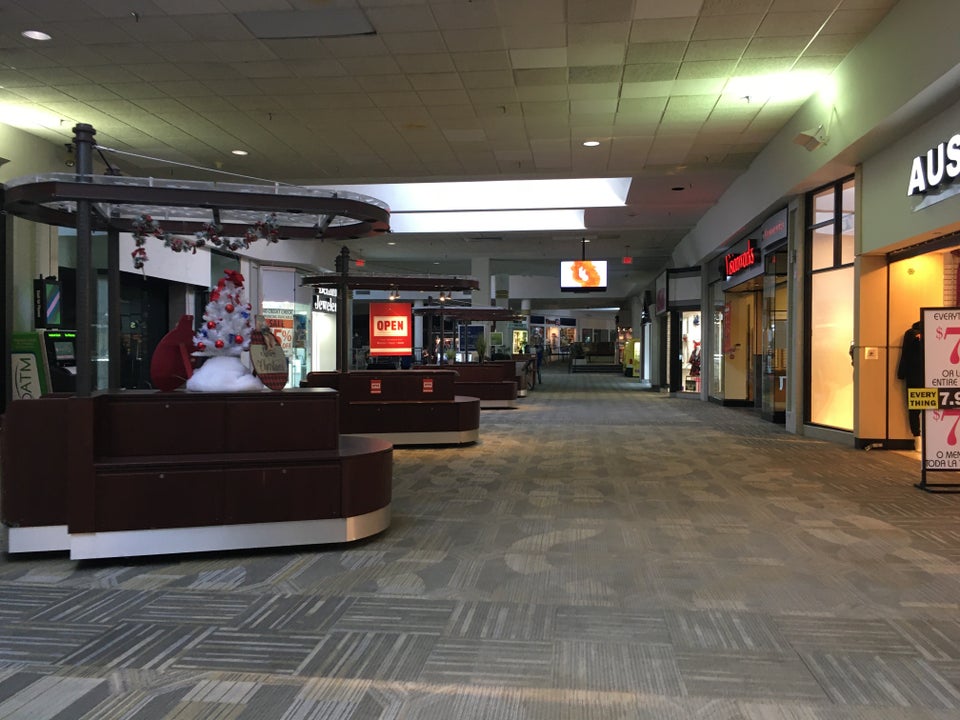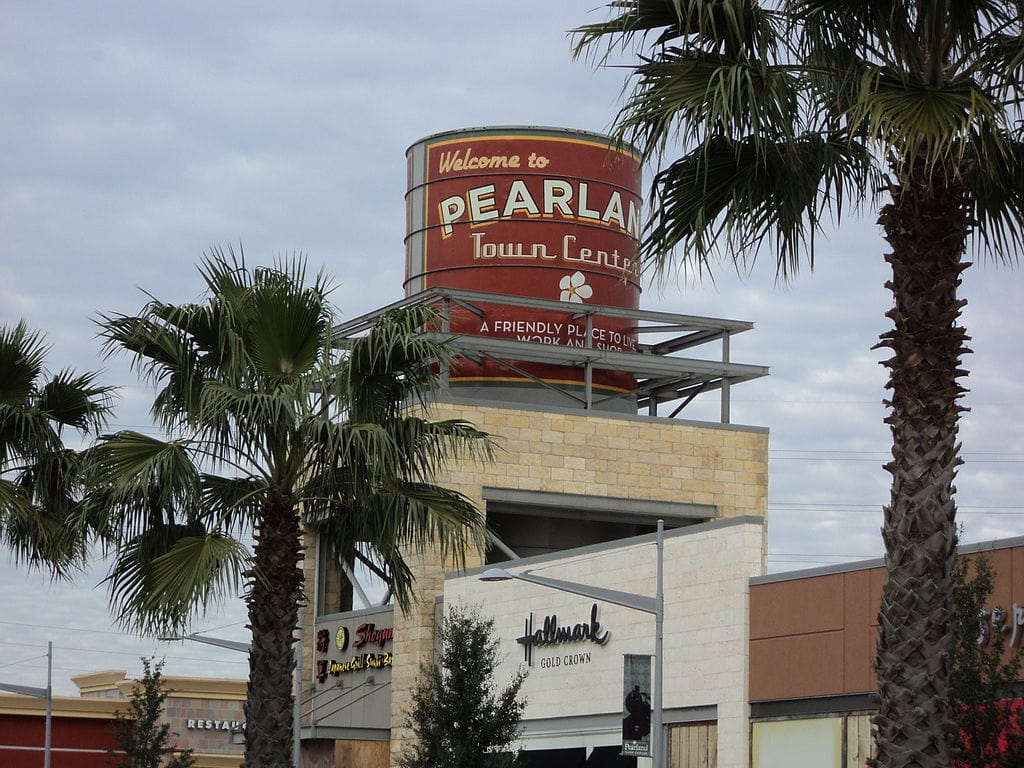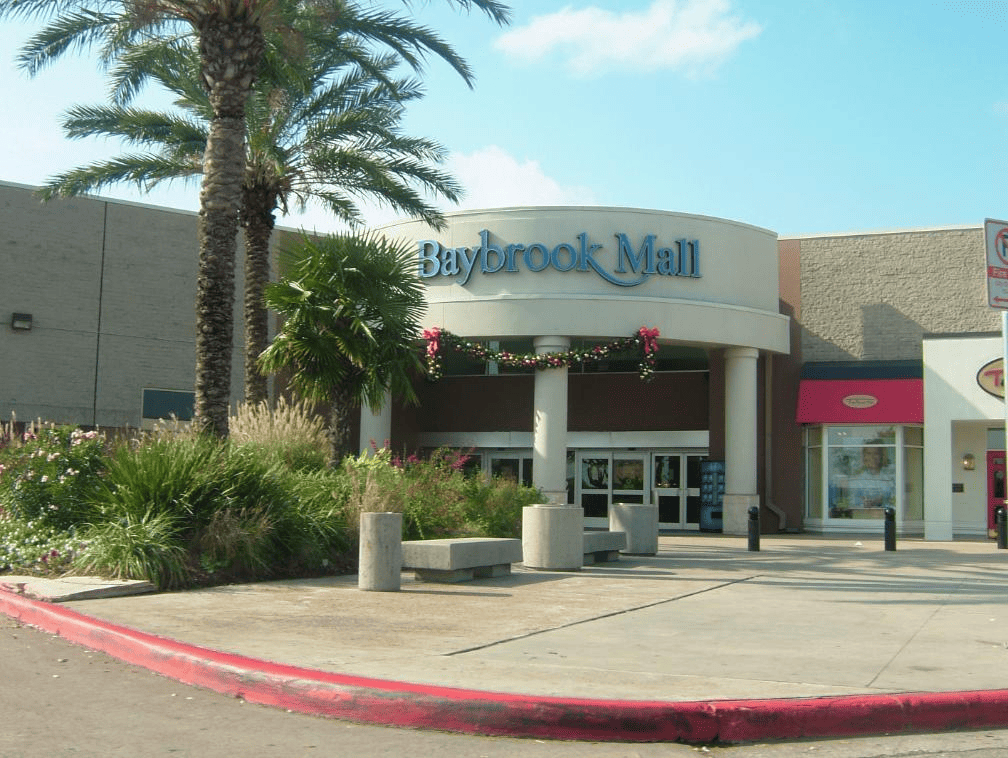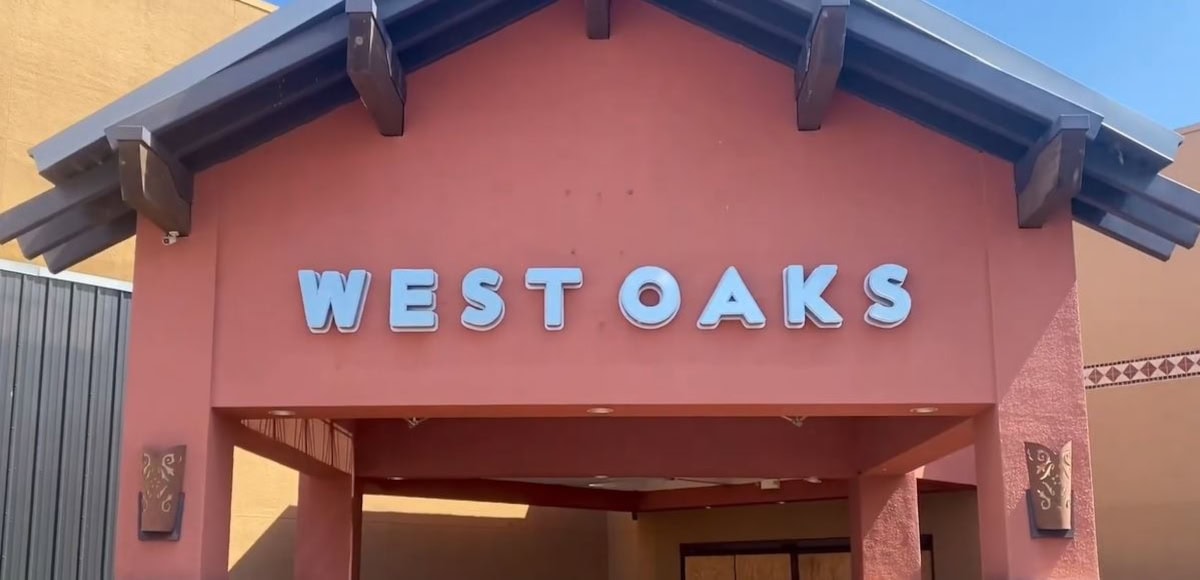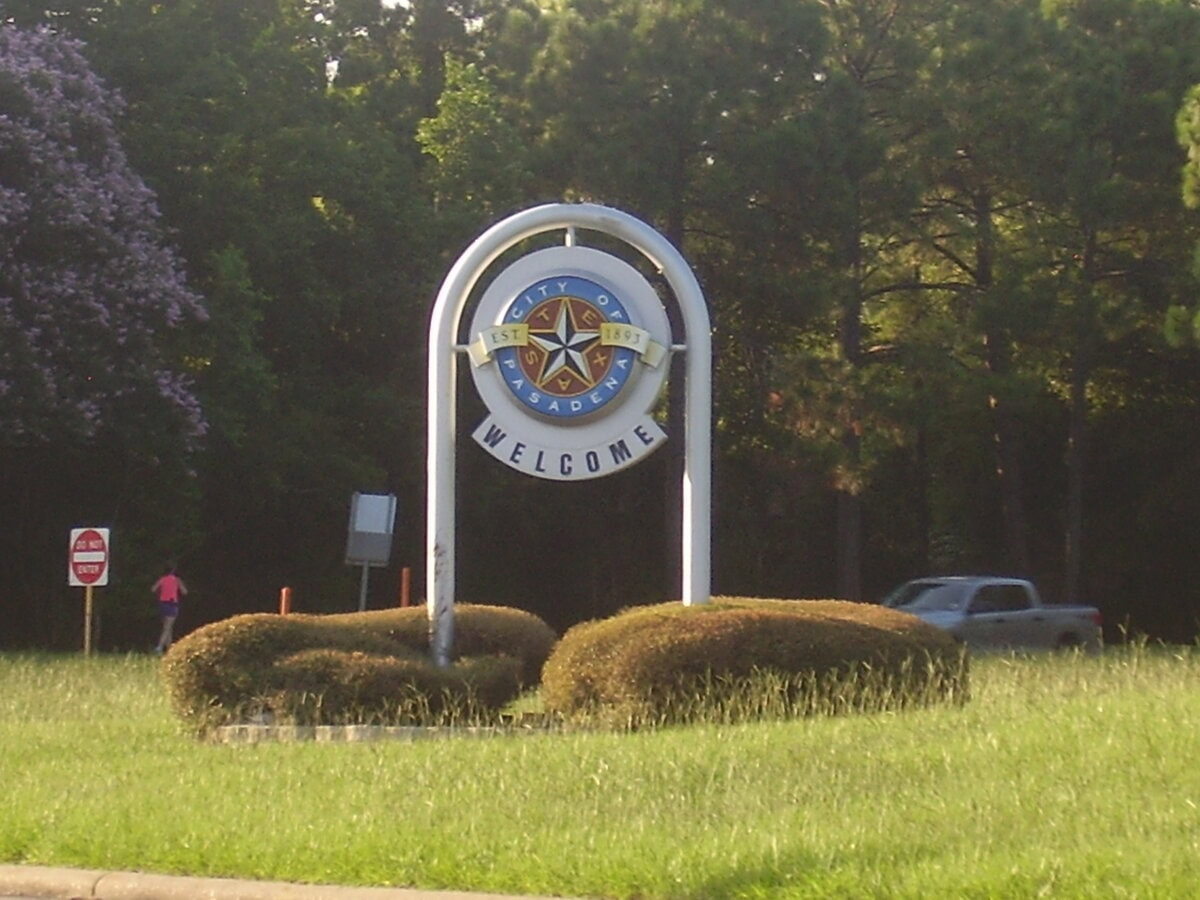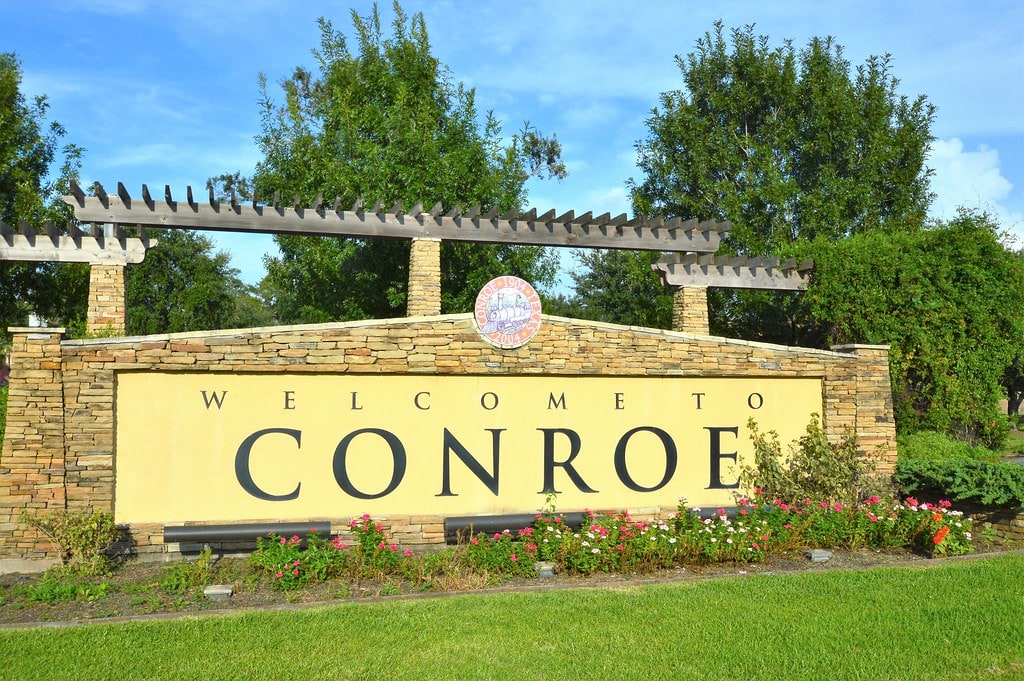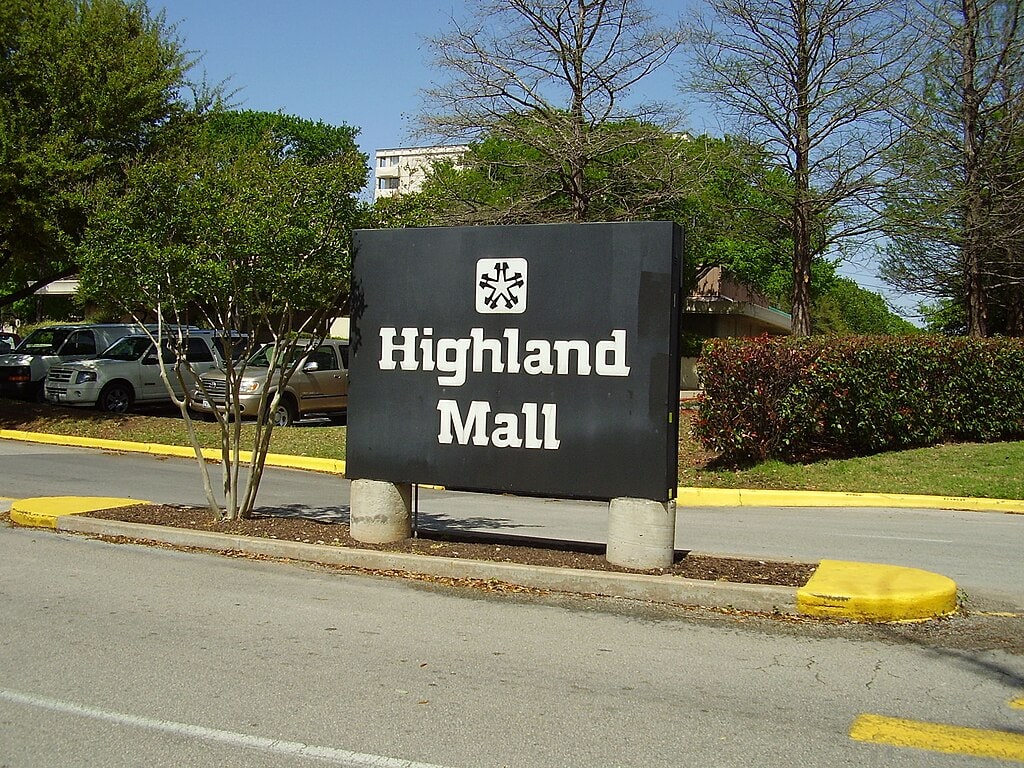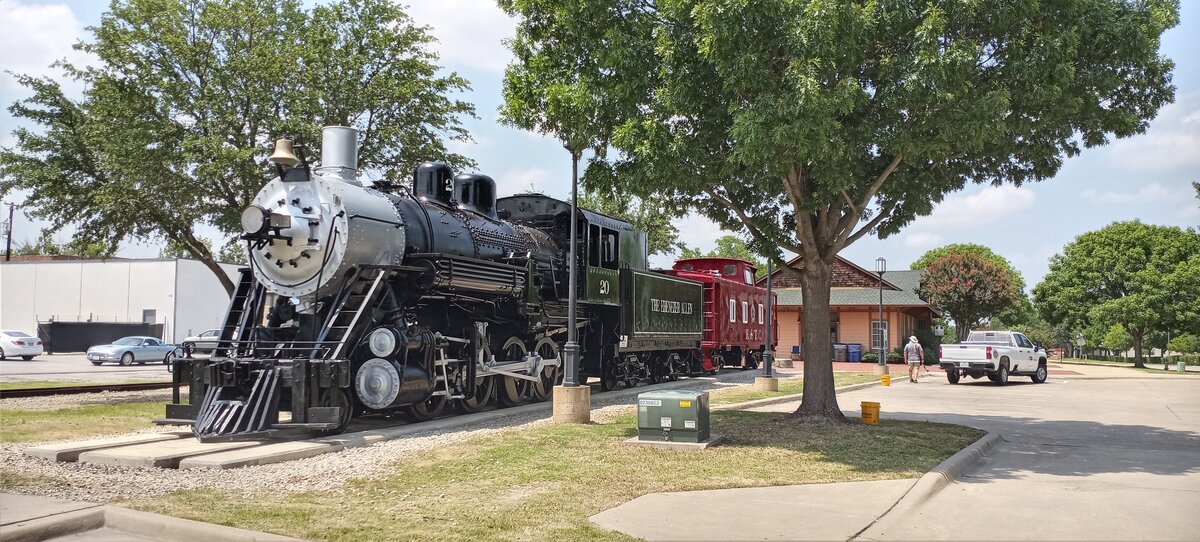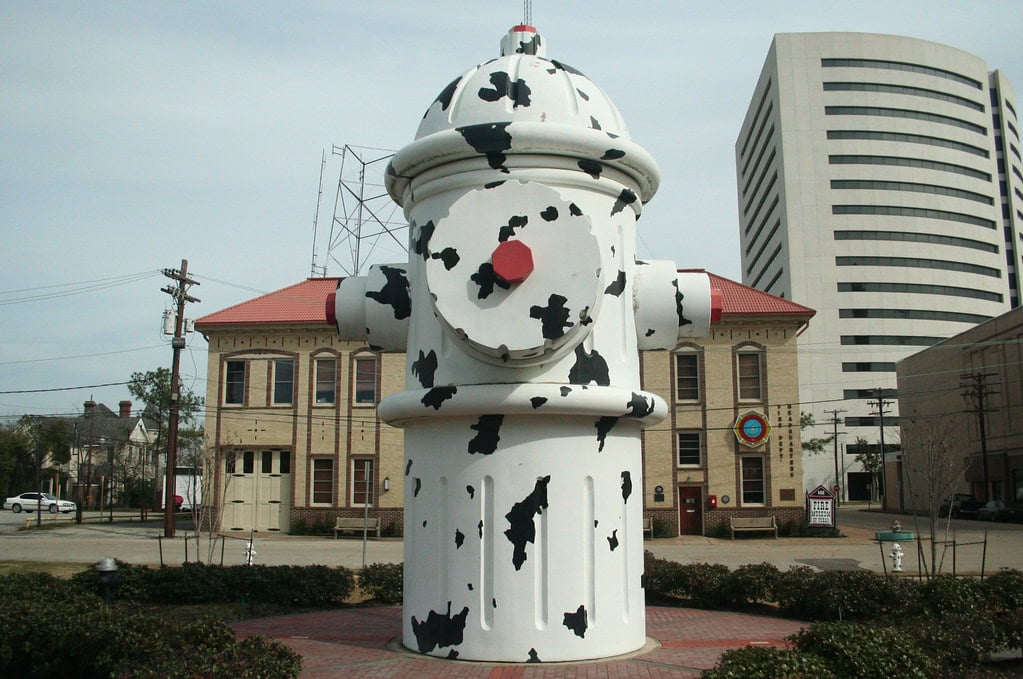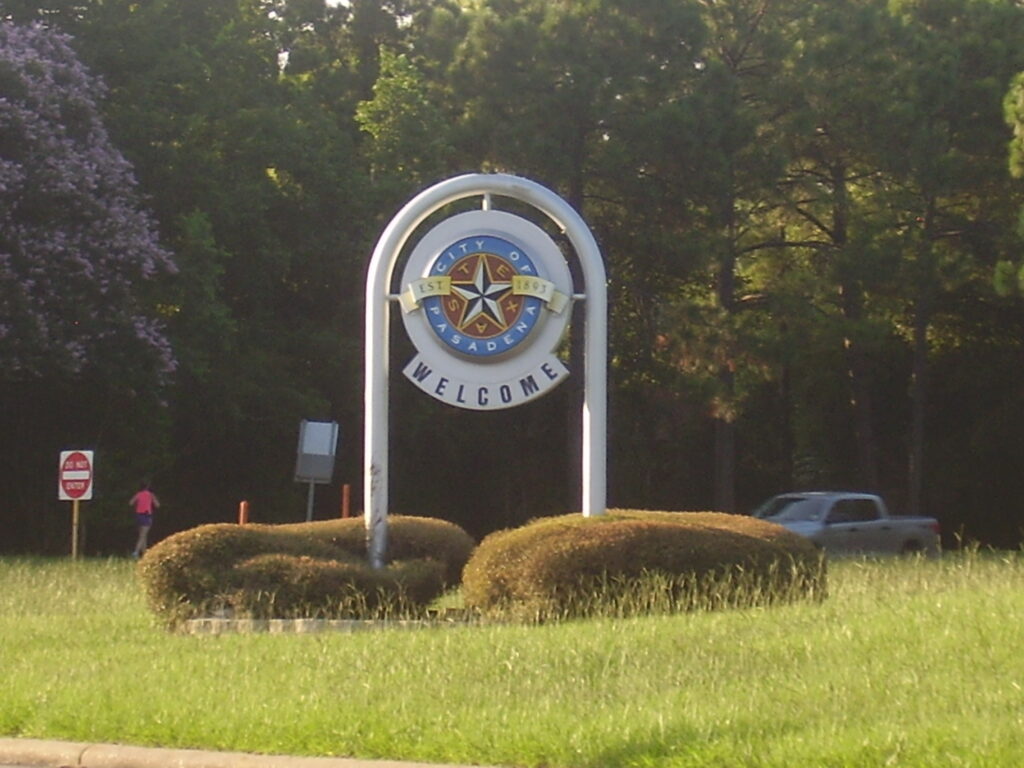
The second-largest city in Harris County, named for another Pasadena
Pasadena was founded in 1893 by John H. Burnett, who chose the name after Pasadena, California, because of the local vegetation.
The La Porte, Houston, and Northern Railroad reached the townsite in 1894, opening shipment of produce that later included strawberries by the railcar.
As of the 2020 Census, the city counted 151,950 residents, making it the second most populous city in Harris County after Houston.
The industrial buildout along the Ship Channel and subdivisions along Spencer Highway and Fairmont Parkway pushed that growth through the 20th century.
The name remains a direct link to the early view that the land was green and ready for farming.
A honky-tonk that rewired pop culture
Gilley's sat at 4500 Spencer Highway in Pasadena from 1970 to 1990, a sprawling club co-founded by Mickey Gilley and Sherwood Cryer.
The 1980 film Urban Cowboy used the venue as its main set, making its mechanical bull and sawdust floor nationally recognizable.
At its peak, the club drew thousands nightly with multiple bars, a concert stage, and a rodeo arena under one roof.
The site later passed to the school district, and the original building was removed in 2006.
The brand survives, but the Pasadena footprint exists only in photos, recordings, and the address that anchored a country-music boom tied to one neighborhood strip of Spencer Highway.
Strawberries built a civic identity that still draws crowds
After the 1900 storm, the American Red Cross sent 1.5 million strawberry plants to Gulf Coast farmers.
Pasadena growers took to the crop, and by the 1930s, the city promoted itself as a strawberry capital.
The Pasadena Strawberry Festival launched in 1974 and now fills the Convention Center and Fairgrounds each May.
Organizers expected around 50,000 attendees for the 50th anniversary in 2025.
A signature feature is the giant strawberry shortcake, cut and served on site; a 2023 version weighed 18,024 pounds.
Events range from a parade and barbecue cookoff to pageants and concerts, staging a modern fair around the city's early agricultural base.
A tunnel under ships and saltwater
The Washburn Tunnel opened in May 1950, carrying Federal Road beneath the Houston Ship Channel to link Galena Park and Pasadena.
At 3,791 feet, it was the South's largest and first toll-free vehicular tunnel at the time.
Ventilation buildings, tiled walls, and twin lanes still move traffic between refineries and neighborhoods that face each other across the water.
The tunnel joined the National Register of Historic Places on April 16, 2008.
Its opening ended several local ferry routes, changing daily commutes along the Channel.
The crossing remains free, maintained by Harris County, and continues to serve tens of thousands of vehicles on a typical day without the detour around the Turning Basin.
Pasadena has its own beach on Galveston Bay
El Jardin Beach Park sits inside Pasadena city limits on Galveston Bay.
The city operates the park with posted hours, seasonal gate attendants, and parking controls.
Sand, groins, and a small picnic area line the bay edge where tankers pass beyond the horizon.
The setting surprises visitors who associate Pasadena only with the Ship Channel or Spencer Highway.
The park provides a city-run water access point close to the Seabrook community, with bay breezes and a scenic view.
It is one of the few municipal beachfront parks operated by an inland Houston-area city.
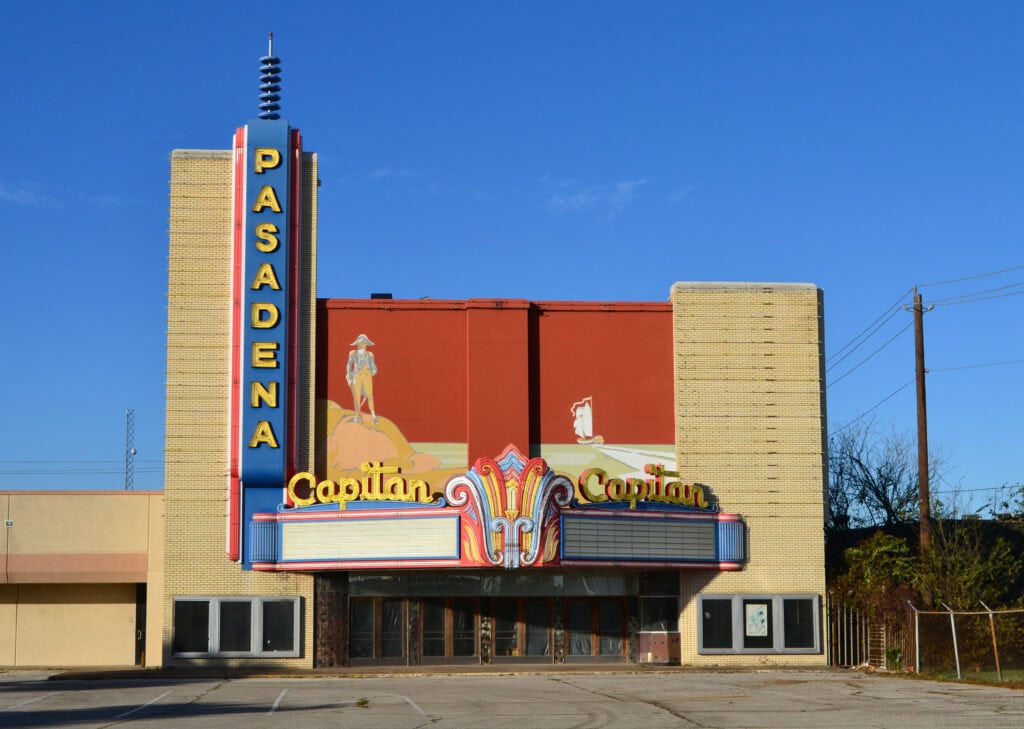
A 2,500-acre wild wedge in an industrial city
Armand Bayou Nature Center sits at 8500 Bay Area Blvd., Pasadena, protecting 3,947 acres of bayou, marsh, and tallgrass prairie.
The preserve opened in 1974 and documents 370 plus species of birds, mammals, reptiles, and amphibians on site.
A state-designated paddling trail runs along Armand Bayou, with launches near Clear Lake and upstream through the center.
Trails, a boardwalk, and the Martyn Farm historical area show what the coastal plain looked like before subdivision and the Ship Channel buildout.
The center's footprint makes it one of the nation's largest urban wilderness preserves, bordered by Johnson Space Center, University of Houston-Clear Lake, and the Bayport industrial complex.
The country's largest all-volunteer city fire department
The Pasadena Volunteer Fire Department was organized in 1930 with 25 members.
Today, the department lists about 200 volunteers, 9 stations, and more than 40 apparatus covering roughly 52 square miles.
State recognition and local records describe it as the largest single municipal volunteer fire department in the United States.
The department runs thousands of calls yearly, participates in Channel Industries Mutual Aid, and still maintains "Old Betsy," a 1929 American LaFrance pumper used for parades.
The growth from a small-town crew to a citywide volunteer force tracks with the city's expansion from truck farms to petrochemical corridors and neighborhoods strung along Spencer Highway and Red Bluff.
A rare Gulf Coast EF3 cut across city blocks
On January 24, 2023, the National Weather Service rated a tornado that crossed Pasadena as EF3.
Surveyors measured an estimated peak wind of 140 mph, a path length of 18.7 miles, and a maximum width of 1000 yards as the vortex tracked from southeast Houston through Pasadena into Deer Park and Baytown.
A tornado emergency went out as power lines fell and roofs peeled away.
The NWS summary lists no serious injuries reported in Pasadena that afternoon.
Debris fields and damaged commercial strips marked the track for weeks after the storm, a stripe that paralleled major corridors before lifting near the Ship Channel and breaking up as the line pushed east.
One of the Ship Channel's earliest refineries still runs here
Crown Central Petroleum started a refinery on the Houston Ship Channel in Pasadena in 1919, among the corridor's first plants.
The site, later operated as Pasadena Refining System, transferred to Chevron on May 1, 2019.
Chevron describes the facility as a 466-acre complex with a 323-acre core refinery and significant storage capacity tied to ship berths and pipelines.
The plant's product slate and logistics connect to Gulf Coast markets and inland pipelines.
More than a century after the startup, the fence line and stacks mark the north edge of Pasadena's grid where industry meets neighborhood streets.
A college built a Gulf Coast training plant for students
At San Jacinto College's Central Campus in Pasadena, the LyondellBasell Center for Petrochemical, Energy, and Technology opened in 2019.
The 151,000 square foot complex is billed by the college as the largest petrochemical training center on the Gulf Coast.
Inside, students work around an 8,000 square foot glycol distillation unit, a glass pilot plant lab, and 35 training skids that mirror field equipment.
The center's layout pairs classrooms with operating valves, exchangers, and control systems so graduates can step into field roles at Ship Channel plants.
The building's opening formalized a pipeline from local high schools and returning workers into process-technology jobs.
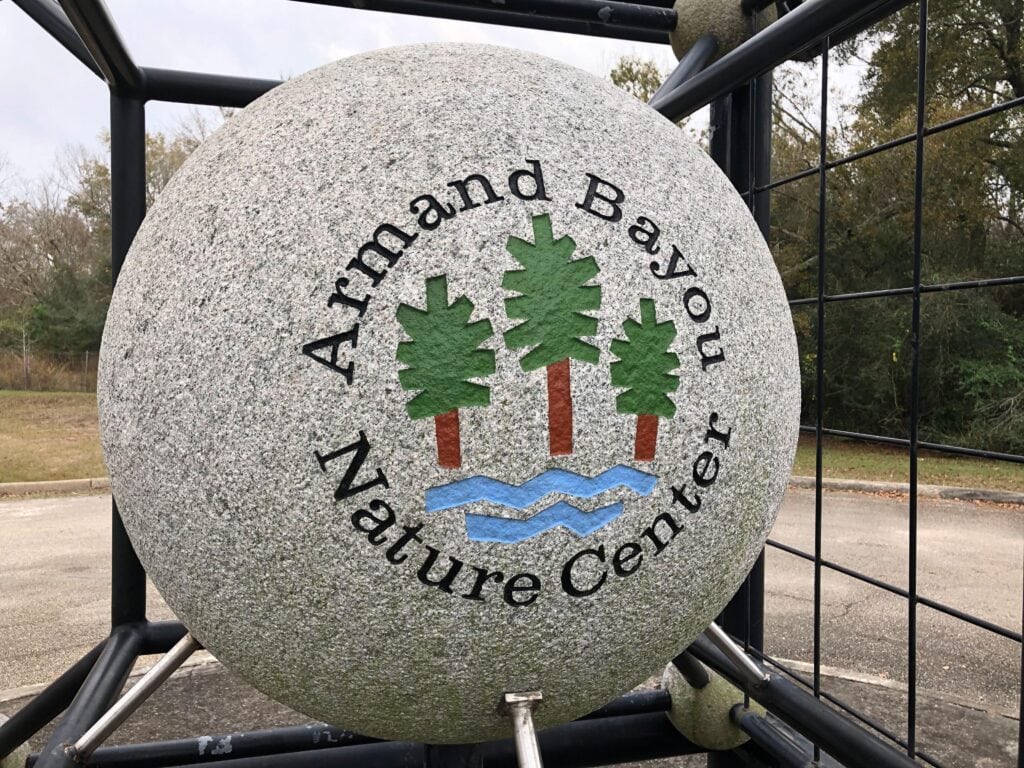
Early homes were moved and saved in a downtown park
Heritage Park & Museum at 204 S. Main St. brings together early Pasadena houses relocated for preservation.
The complex includes the Pomeroy House and Anna's House, representing family life close to Main Street in the early 20th century, and the Strawberry House, which was moved in the 2000s to interpret the produce era.
Exhibits and tours track a shift from fields and packing sheds to paper mills and refineries.
The park anchors a small museum campus within walking distance of Pasadena High School.
The houses' clustered footprints allow visitors to see room layouts, porches, and period fittings in one stop rather than across scattered lots where many similar structures were lost.
One of Texas high school basketball's biggest showcases
Each November, Pasadena ISD and partners host the McDonald's Texas Invitational, a three-day tournament that gathers 48 boys teams and 32 girls teams.
Games run across 10 gyms in Pasadena and Deer Park, with organizers citing about 35,000 spectators and more than 190 games in a typical year.
Teams come from across Texas, and the bracket produces a steady rotation from morning to late evening.
The event funds classroom grants and student programs through the Pasadena ISD Education Foundation.
A century-old health college made Pasadena its home
Texas Chiropractic College, founded in 1908, moved from San Antonio to Pasadena in 1965 to expand its campus.
The school today occupies facilities along 5912 Spencer Highway, offering a Doctor of Chiropractic program plus clinics.
Historical timelines note the college as one of the nation's older chiropractic institutions, with alumni across Texas and beyond.
Its relocation paralleled Pasadena's shift from agricultural roots to a city tied to medical and industrial employers.

